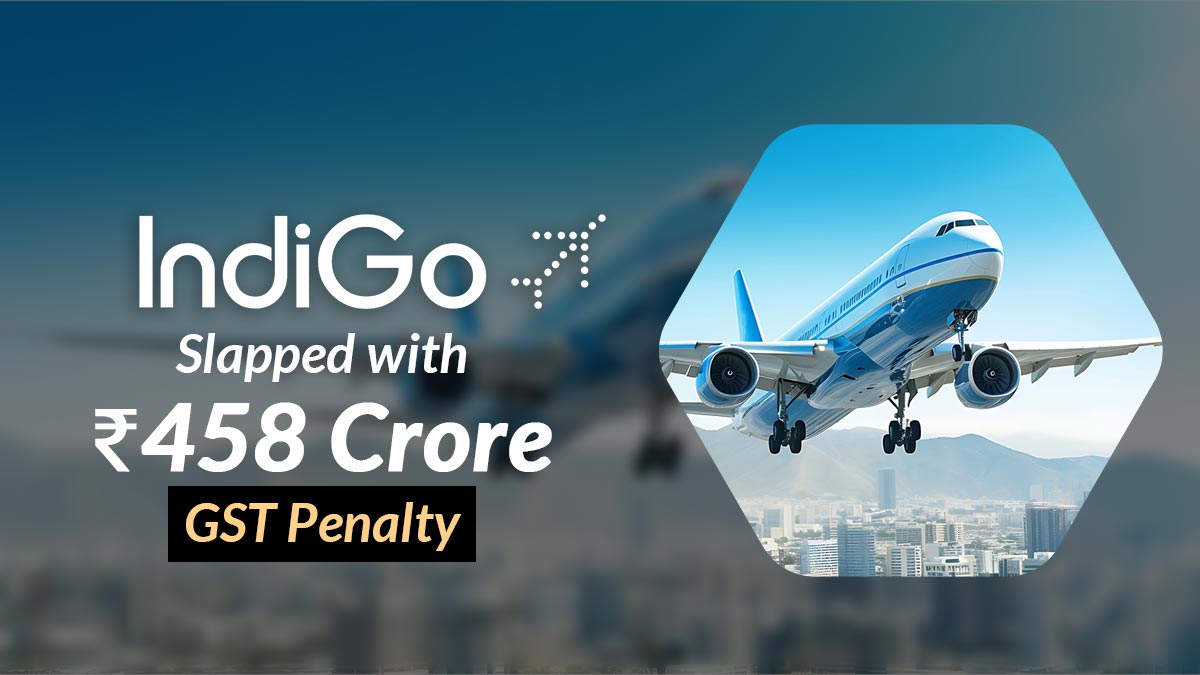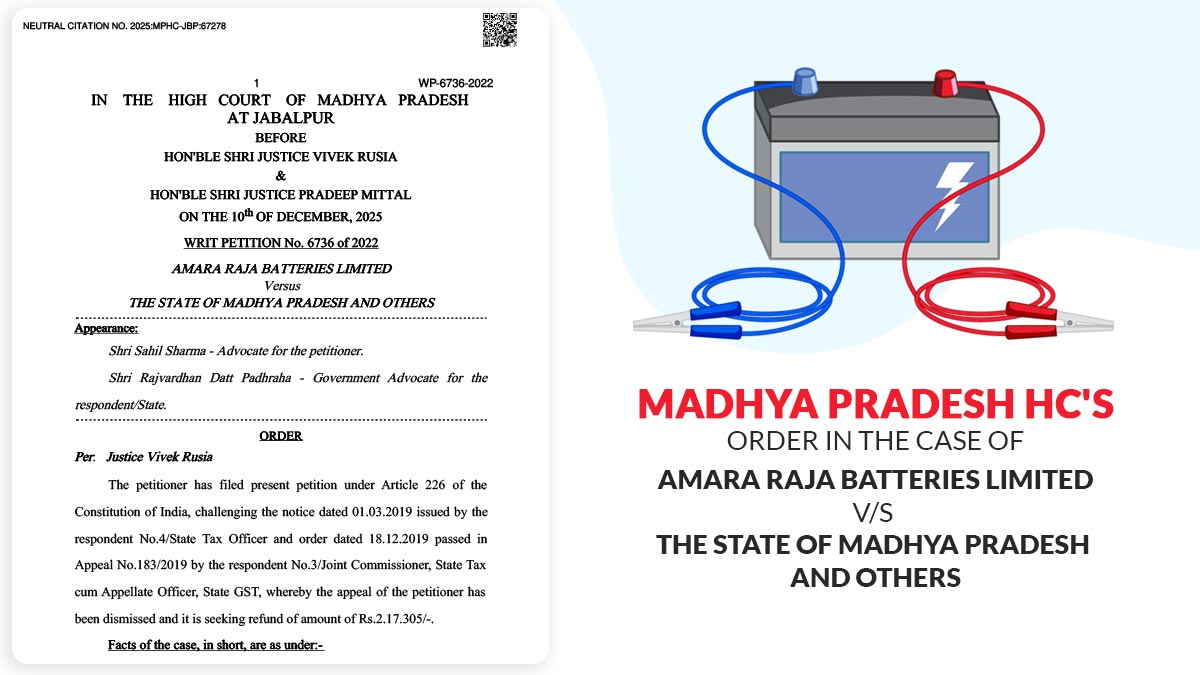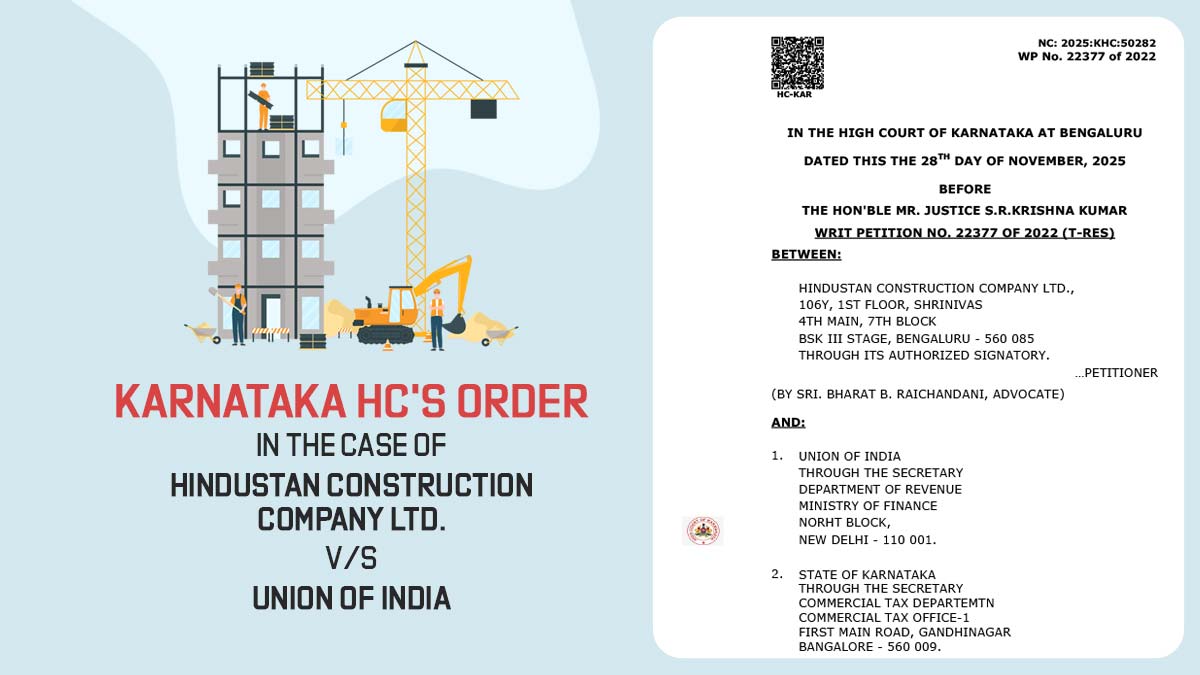
What is an Online e-Dispute Resolution Scheme(e-DRS)?
The Central Board of Direct Taxes reported the e-Dispute Resolution scheme, 2022 to settle tax disputes. Under section 245MA in the Income-tax Act, 1961 (hereinafter directed to as “the Act”), the Central Board of Direct Taxes (CBDT) notified the e-Dispute Resolution Scheme, 2022 (e-DRS) to decrease litigation and provide relief to eligible taxpayers. Section 245MA of the Act even furnishes for the constitution of Dispute Resolution Committees (DRC).
What is Section 254MA of the e-Dispute Resolution Scheme?
The e-DRS enables the assessee who satisfies specific pre-requisites as cited in section 245MA of the Act, to file an application electronically for dispute resolution to the DRC set towards the region of Principal Chief Commissioner of Income-tax having jurisdiction over the taxpayer. To finish the same DRCs have made 18 jurisdictional Pr. CCIT regions in the country. DRCs list along with their email addresses are available on.
Read Also: Income Tax e-Nivaran Scheme and Its Working Process
As per e-DRS, a DRC might change to the deviations in the particular order and wish to grant the reduction/waiver of the penalty and prosecution as per the provision of rule 44DAC of the Income-tax Rules, 1962 (hereinafter directed to as “the Rules”). DRC is obligated to pass its order within 6 months from the finish of the month in which the application for the dispute resolution is considered through it.
When to E-file Online e-DRS Scheme?
e-DRS application would get filed in Form No. 34BC directed in rule 44DAB of the Rules, on the e-filing portal of the income tax department, within 1 month from the receipt date of the cited order. If the plea has been filed before and is due before the Commissioner of Income-tax (Appeals) then the e-DRS application is to be filed on or before 30.09.2024.
The dispute resolution application can be filed on or before 30.09.2024 if the specified order has been passed on or before 31.08.2024 and the time for filing an appeal against such order before CIT (Appeals) has not expired.
What is the Requirement for the Amended Tax Dispute Resolution Policy?
The income tax laws would constantly get updated over a period of time. The former 8 years pose effective technology helps in compiling information and executing the actions concerning the defaulting assessee. When an income tax notice is issued or an order is passed, a taxpayer has a choice other than filing an income tax appeal and fighting the case, but a big or small amount may be secure. The central government brings an assessee-friendly online dispute resolution committee.
Key Features of the e-DRS Scheme
Here are some important key features that a taxpayer needs to understand regarding the e-DRS Scheme:-
- Eligibility standards: Those taxpayers facing disputes that are below a certain limit in both amount and income are permitted to engage in the e-DRS initiative.
- Online Platform: The scheme functions online, making it simpler for the assessee to access and take part in the dispute resolution procedure.
- Streamline Method: The plan utilizes a streamlined process that minimizes the time and effort needed to settle disputes.
- Reduced Litigation: The e-DRS scheme offers a more efficient option compared to conventional litigation, alleviating the strain on the judicial system.
- Dispute Resolution Committees (DRCs): The scheme has DRCs that are comprised of adjudicating tax disputes. These committees are comprised of experienced tax professionals.
Read Also: Your Income Tax Queries and Our Solution by Tax Experts
Advantages of e-DRS Scheme
Below are some advantages of the e-DRS Scheme:-
- Fast Solution – The e-DRS scheme can lessen the consumption time to solve tax disputes.
- Decreased Pressure: The easier process can lessen the stress related to tax disputes.
- Less cost- For taxpayers, it might be a more economical option than conventional litigation.
- Enhanced Taxpayer Experience: The taxpayer’s overall experience can be improved through the scheme, which may provide a more efficient and fair dispute resolution process.
What is the Method to Apply in the e-DRS Scheme?
- Log in to the I-T portal-https://www.incometax.gov.in/iec/foportal/
- Use PAN or TAN for login
- Navigate to Dashboard ⏩ e-File ⏩ Income Tax Forms ⏩ File Income Tax Forms
- Select ‘Dispute Resolution Committee in Certain Cases (Form 34BC)’
- Complete and review Form No. 34BC
- E-Verify form using Aadhar OTP, EVC, or DSC
What Class of Assessee are Qualified for the Policy?
All the taxpayers would be qualified for the Dispute Resolution Committee as per the mentioned conditions. The returned income is up to ₹ 50 lakh and the tax dispute will not be more than Rs 10 lakh. Tax on returned income has been furnished. No Prosecution Proceedings have already been executed. No investigation has been executed for the same concerned assessment year. No survey has been executed for the related assessment year.
Who are the Members of the Dispute Resolution Committee?
The committee will comprise three members i.e. two retired officers from the Indian Revenue Service who rendered the post of commissioner of the income tax or higher post for 5 years. It indeed comprises of one serving officer not less than the rank of principal commissioner of the income tax and the members who have the term of 3 years.
What are the Advantages of the Dispute Resolution Committee Process?
Some advantages consist of a full waiver of tax penalty, immunity from prosecution proceedings, clarity in proceedings, and the assessee would settle cases and prevent the litigation held repeatedly. Indeed the advantage is available every year to the taxpayer, unlike the previous Settlement Commission which was restricted to once in a lifetime.









